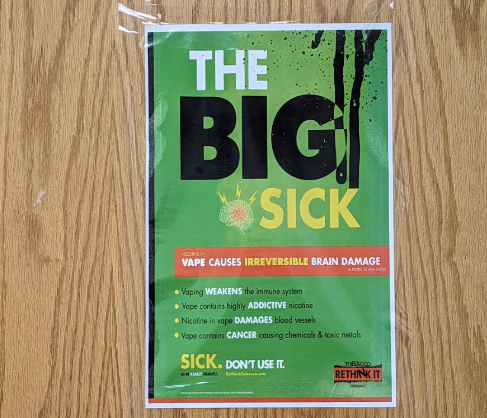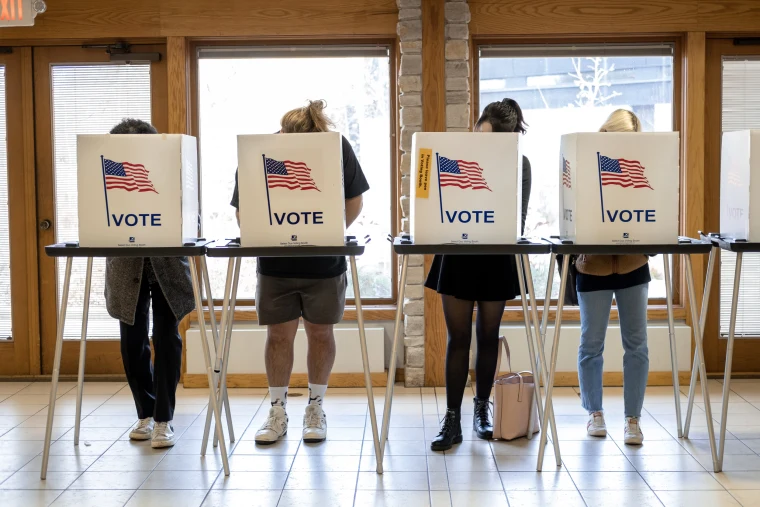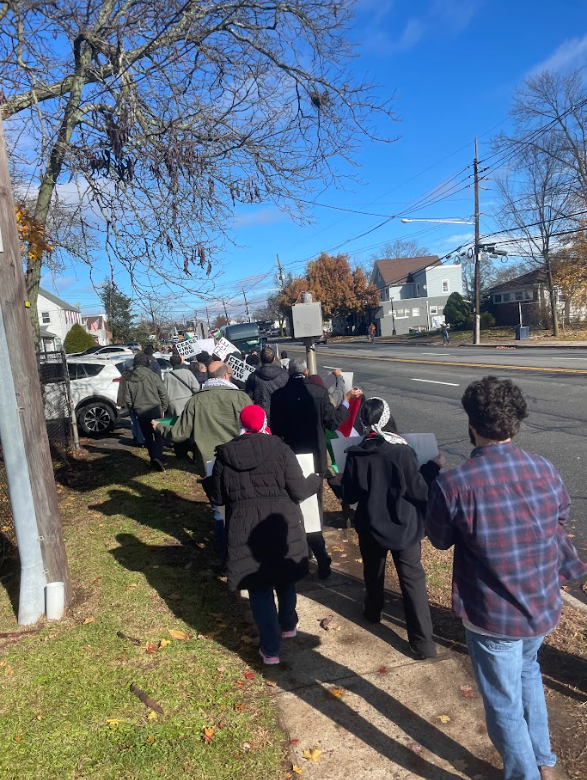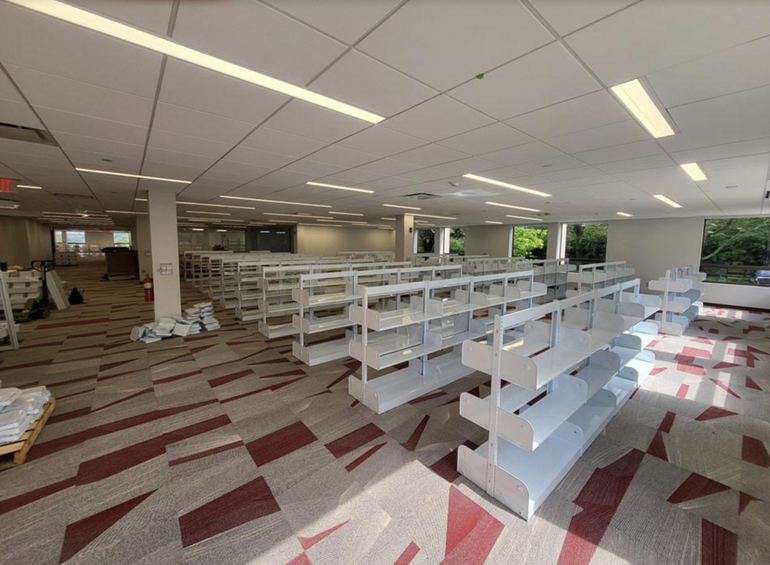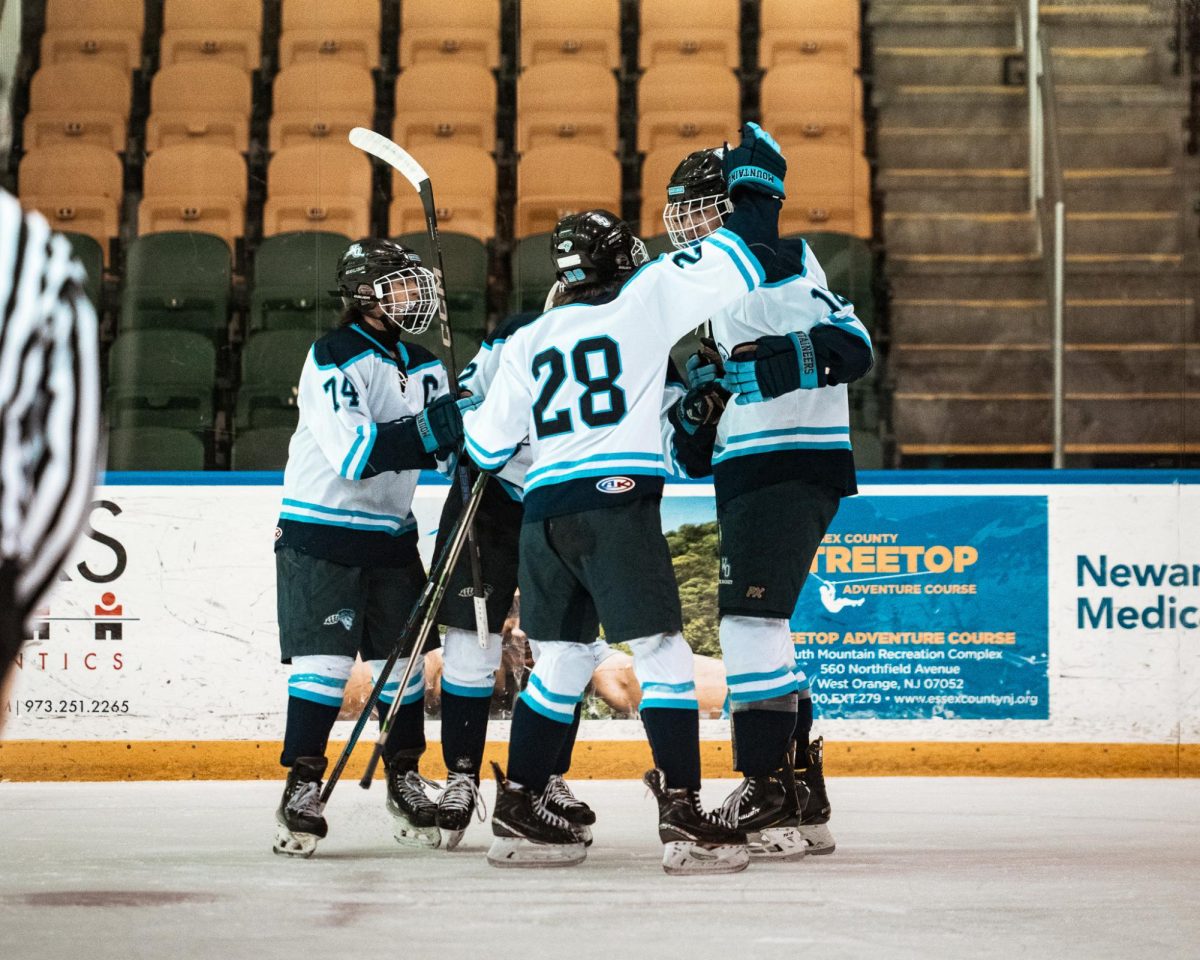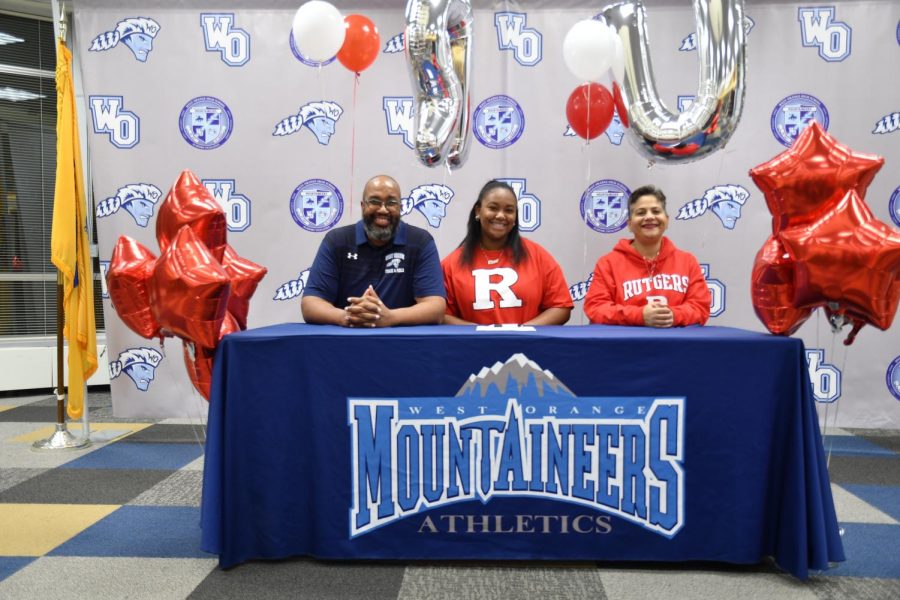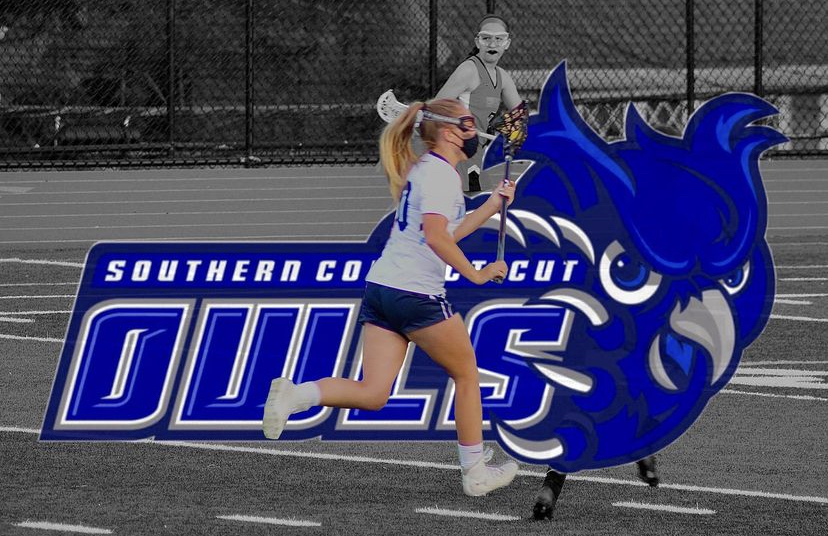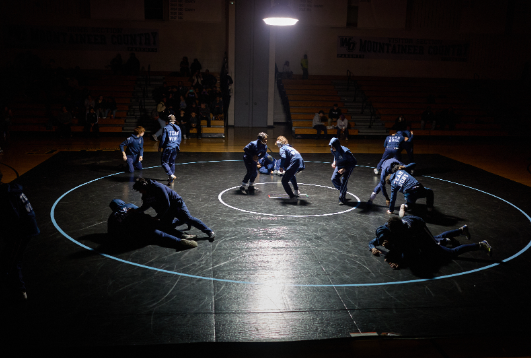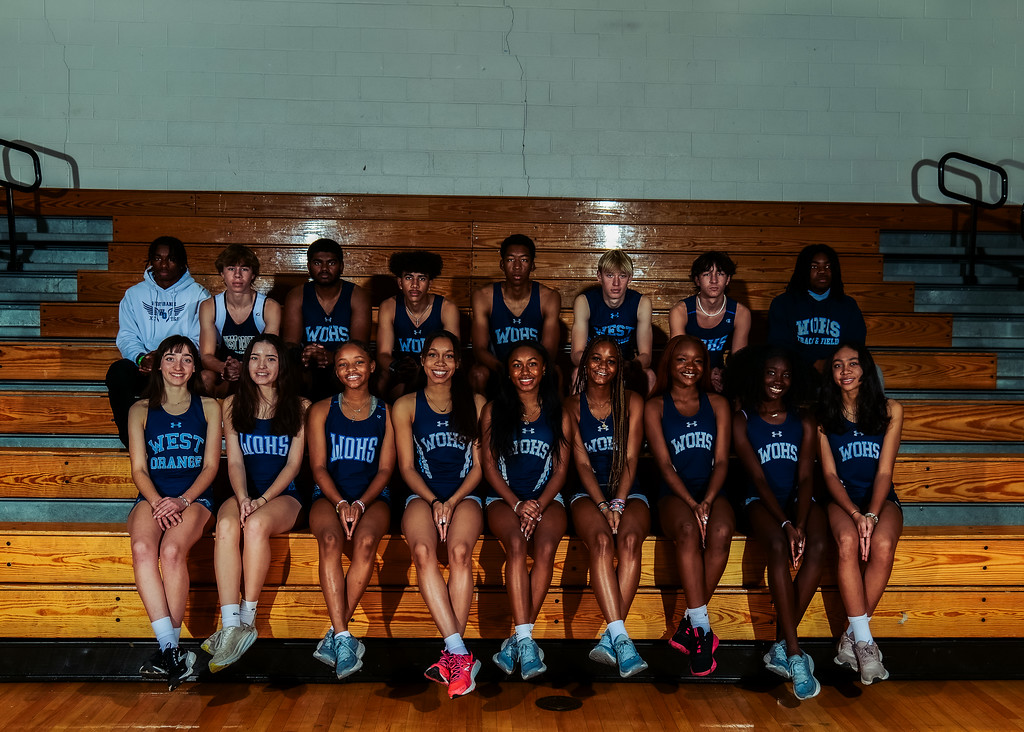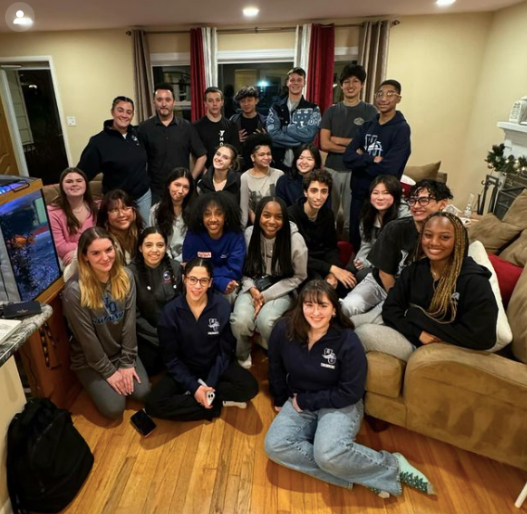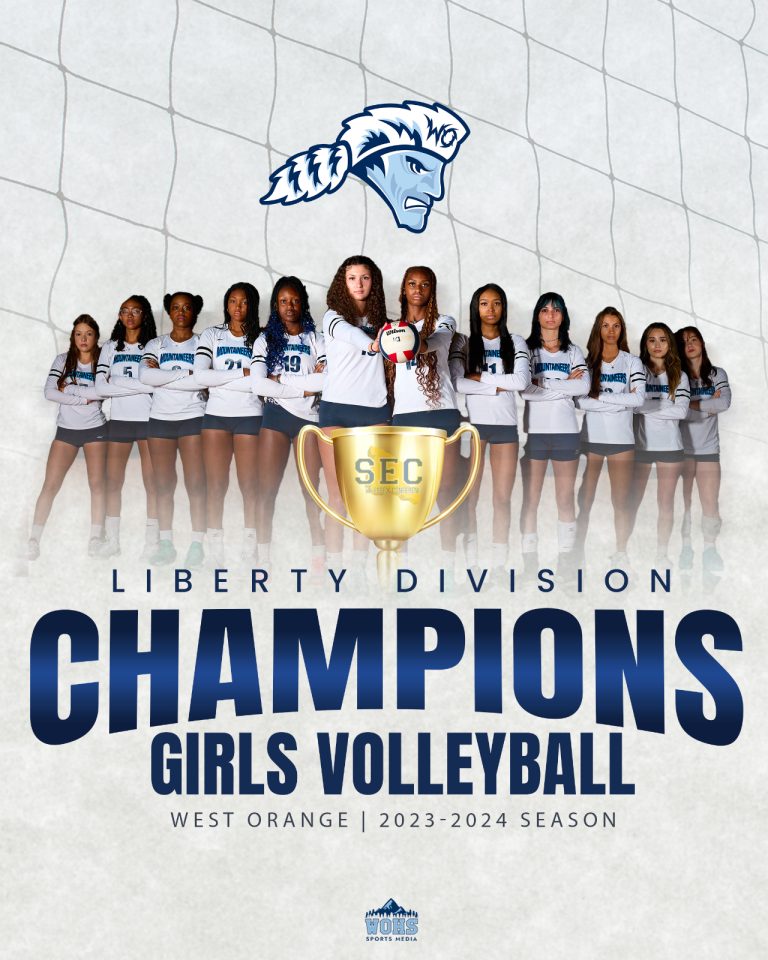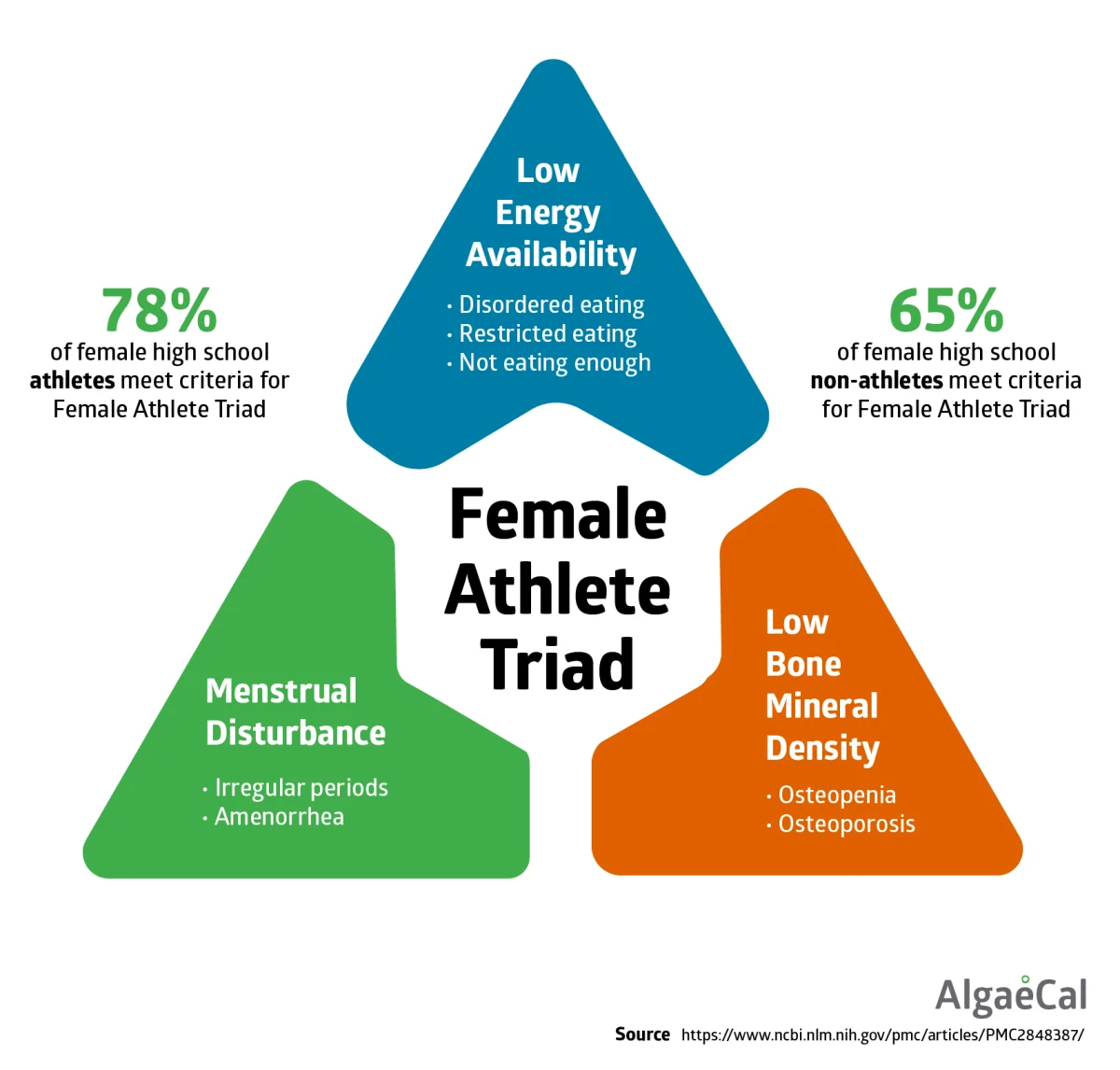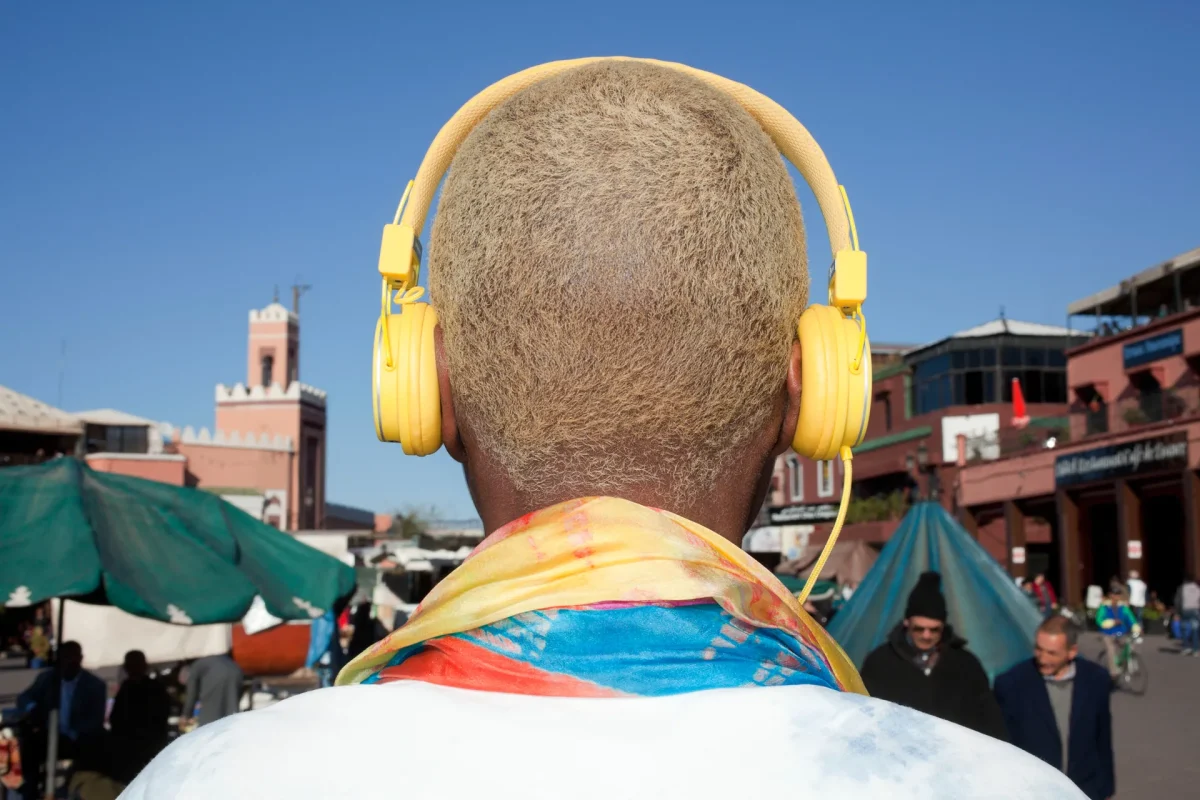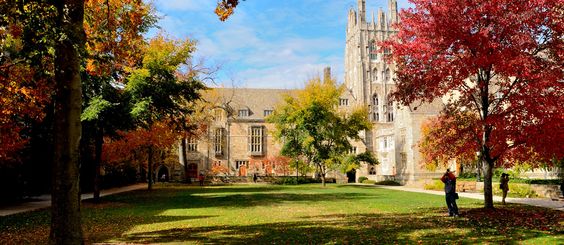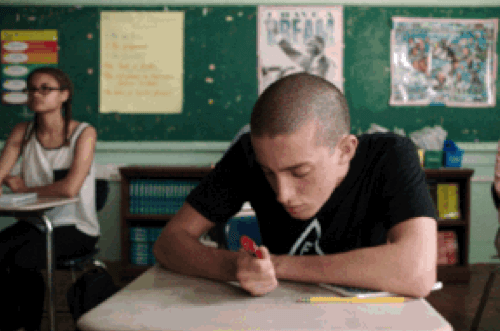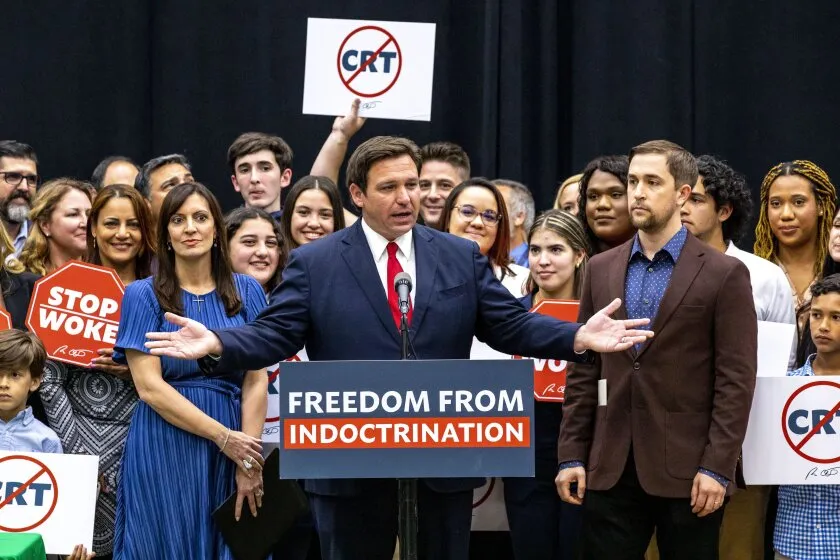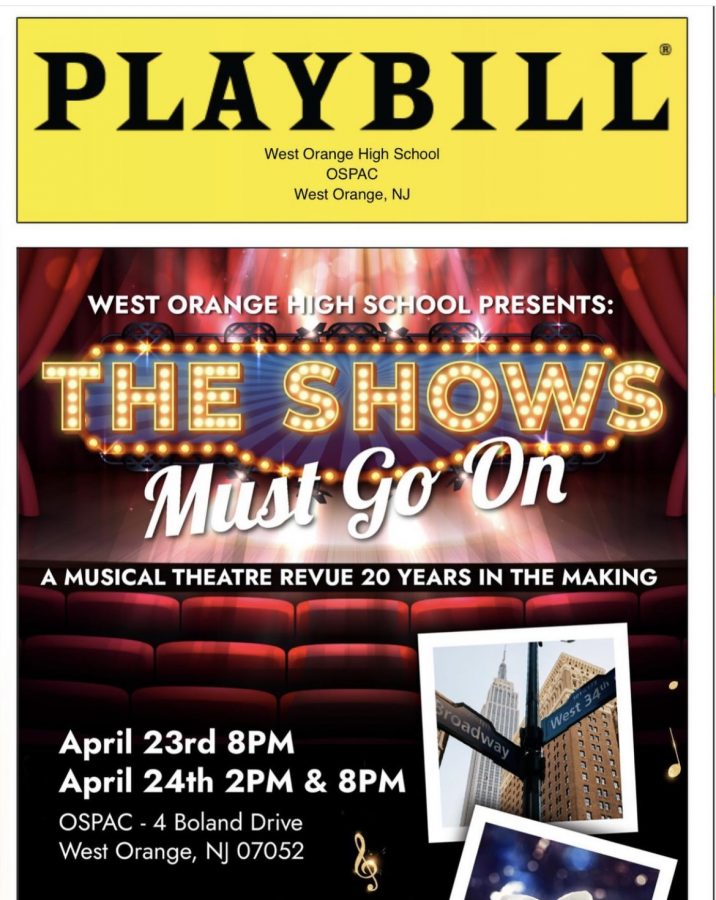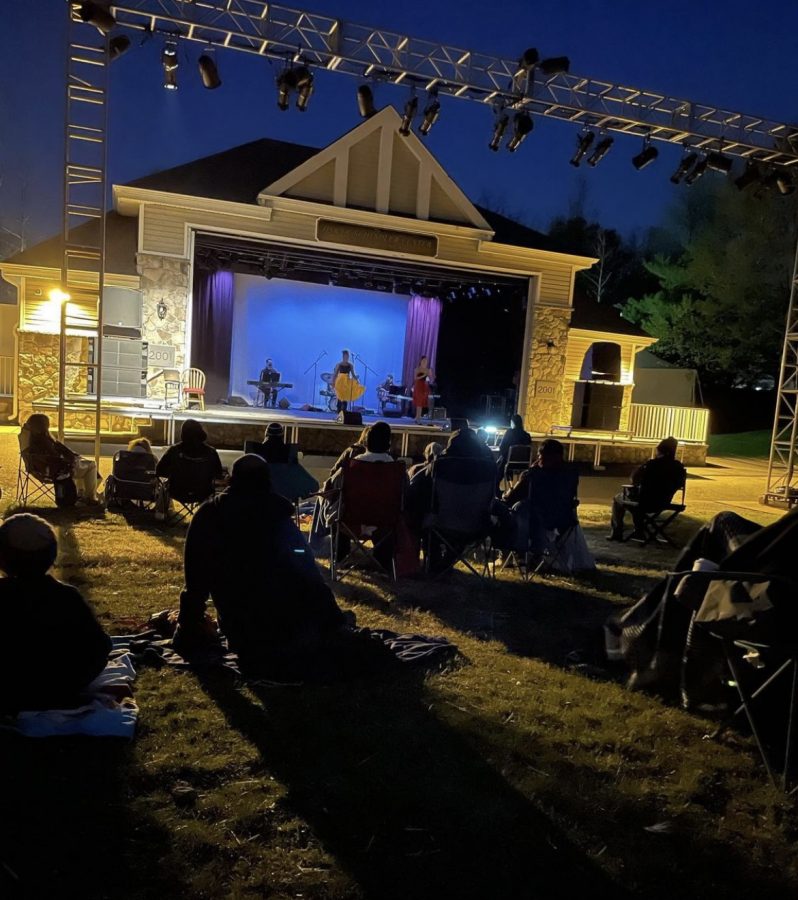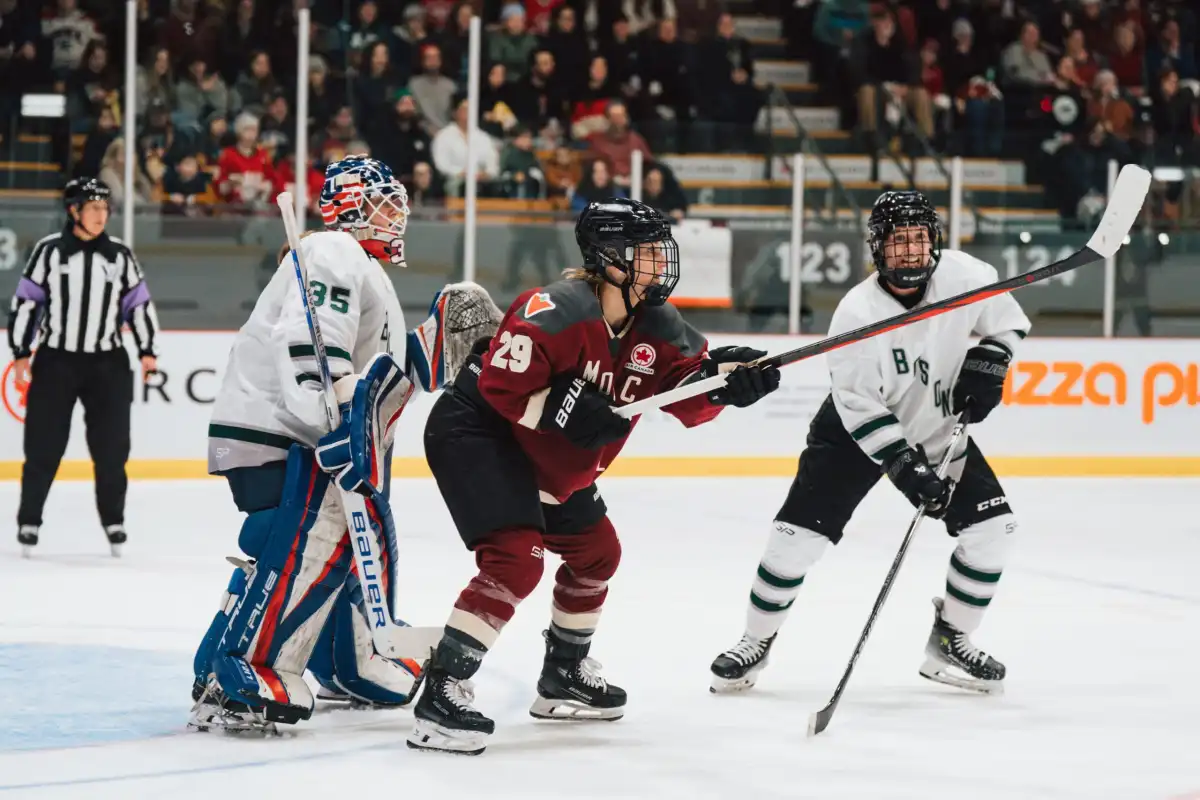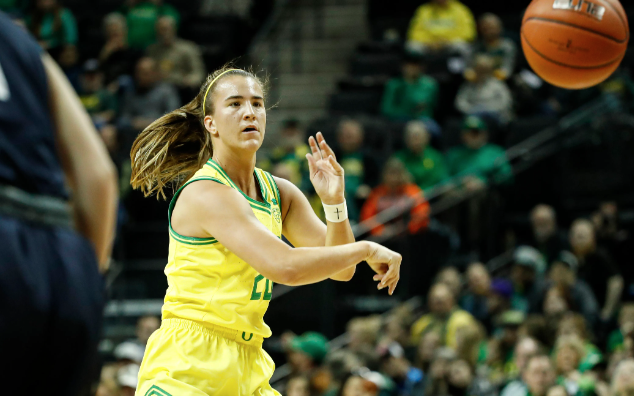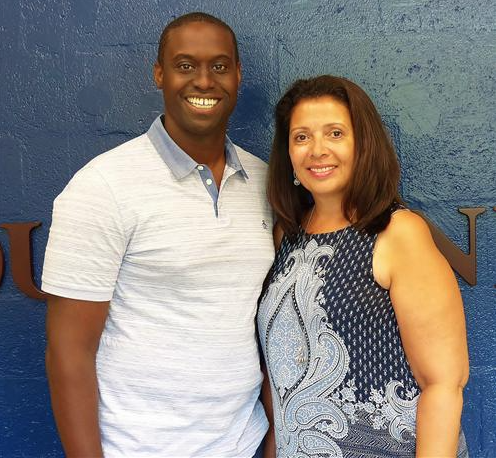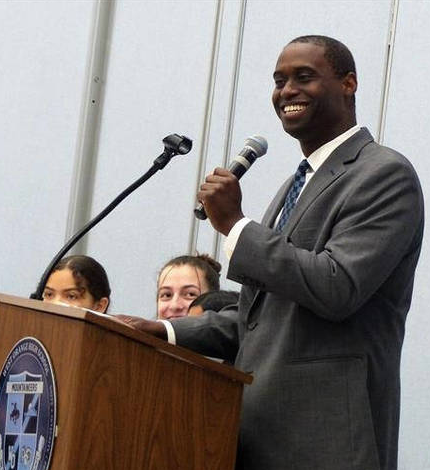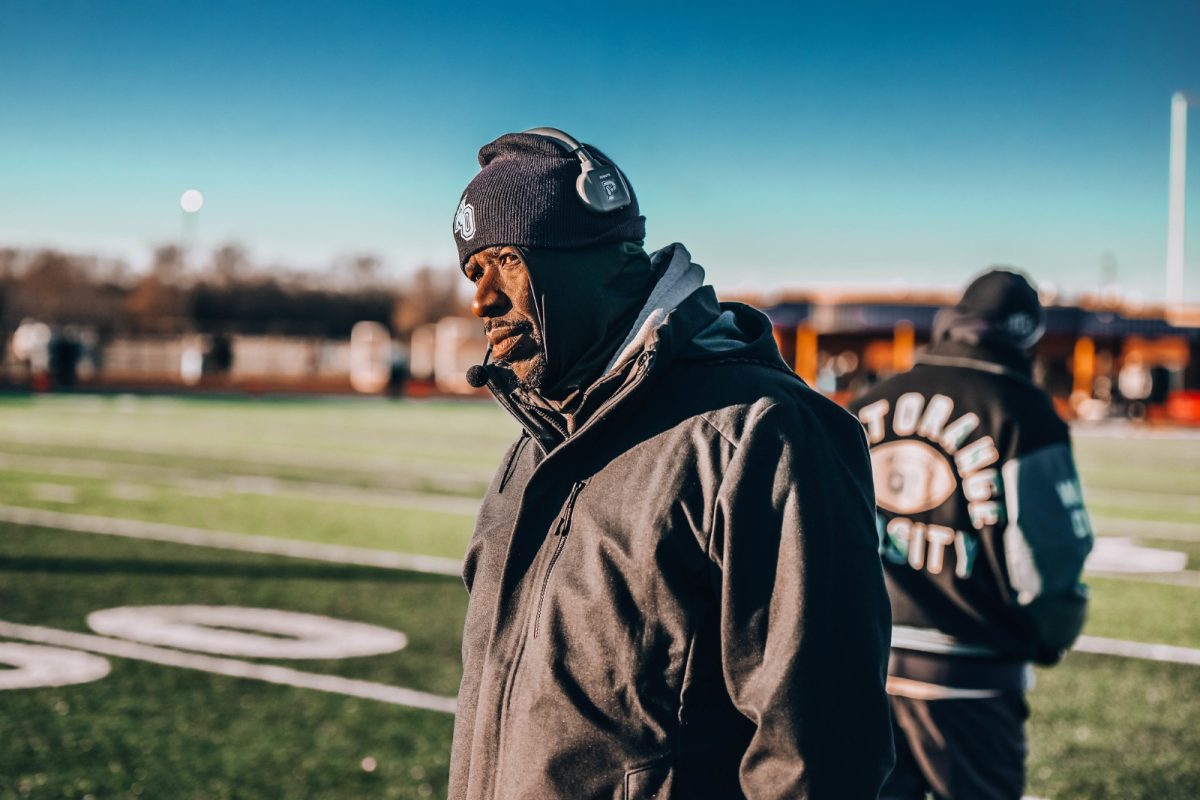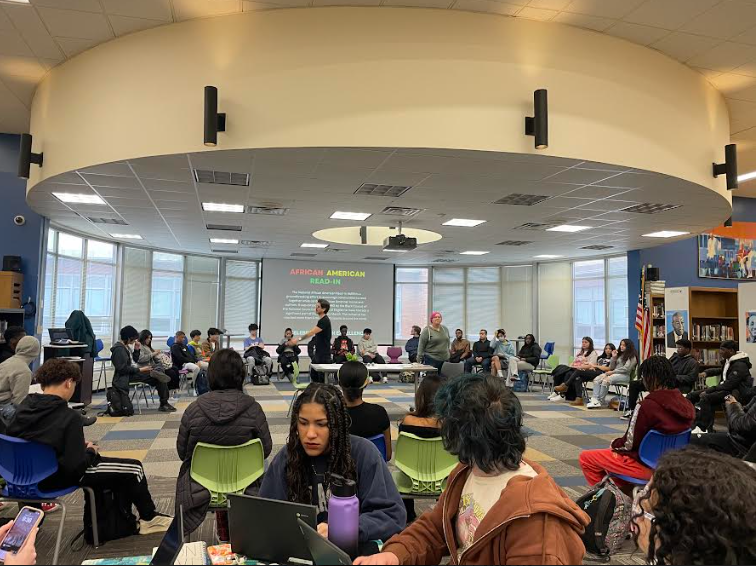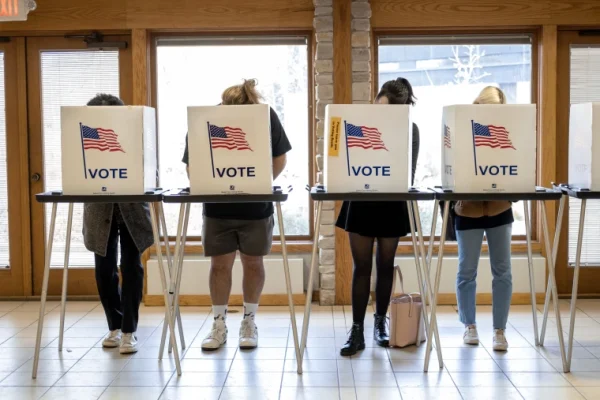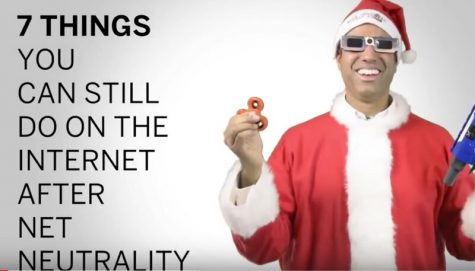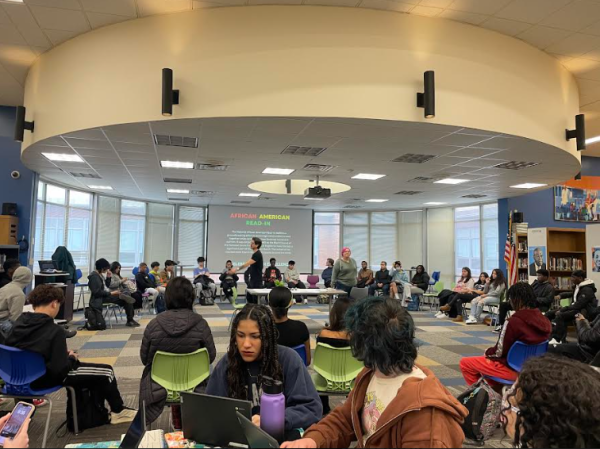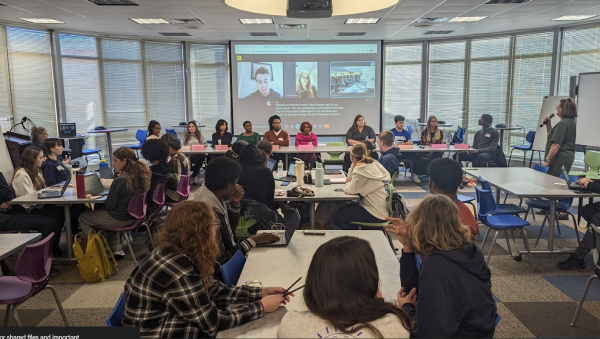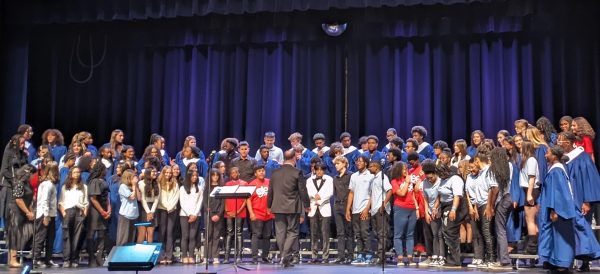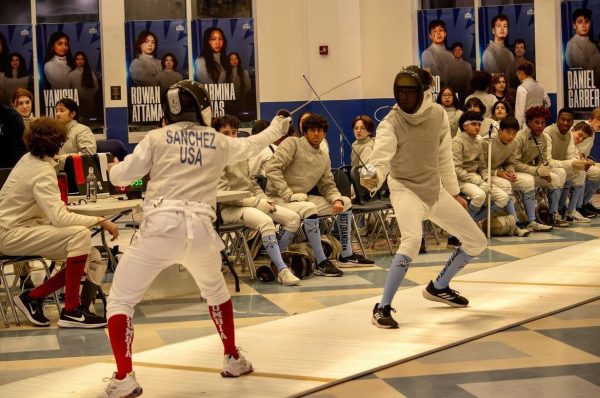What Is Happening With the Wi-Fi?
“There are parts of the building where the Wi-Fi does not extend,” reported Ms. Dahl, an English teacher and the Newspaper advisor at West Orange High School, “From a teacher’s perspective, it’s really frustrating.”
West Orange High School is home to nearly 2,500 students but the Wi-Fi problems of the school plague many of them in their day-to-day learning life. “The internet has gotten worse over the years, and I never really had many problems with the wifi before this year,” shared freshman Aanya Ortiz. “I have had peers get into locked tests just for the computer to kick them out of the test and them not being able to get back in.”
In a technology-based world, Wi-Fi quality affects the functionality of websites in the classroom. According to ThriveMyWay, Google’s educational website (Google Classroom) is estimated to be used by 150 million people. West Orange High School is a participant in the user count as the service is used throughout the high school.
However, it can be difficult to use web-based programs without Wi-Fi. Ms. Sullivan, an English teacher at West Orange High School, said that she has had difficulties managing her class with poor Wi-Fi, “…it impacts my laptop, personally. It creates difficulty in terms of like doing my work outside the classroom, and in the classroom as well like doing attendance, writing passes, posting assignments, checking assignments, and just everything.”
The Wi-Fi issues have turned schools to the question: should they revert back to paper-based learning? Wi-Fi issues are absent with paper-based assignments, yet most teachers prefer the new way of learning. “I would like it to be approved, it would be very hard to go back to a paper-based system. From the beginning, I embraced Google Classroom and the whole Google system. But I think that you can’t beat the interest from revising, writing, group work, [and] collaboration. And the thing is, you plan with that in mind. So, my lessons, since we introduced the Chromebooks, have changed because it makes all these different ways to collaborate possible. So, if that’s not available anymore, it’s hard,” Ms. Sullivan said.
So, the question is, if Wi-Fi is failing and there is a lack of faith in paper-based learning, what should be done? The Wi-Fi needs to be fixed. But even that is an issue. Ms. Dahl expressed the challenges of fixing the Wi-Fi stating, “I think most of our tech team tries to help as much as they can. But I also find with technology if you’re unable to connect the very minute the advent is taking place, it’s very hard for them to trace or figure it out. But if I can’t send an email during hall duty to the tech team about how I can’t send an email, everyone’s hands are tied!”
Without a stable Wi-Fi network, the temporary solution might be to adapt to the current situation. With nearly an eighth of the year passed, students and faculty alike may face network challenges for the rest of the year.

